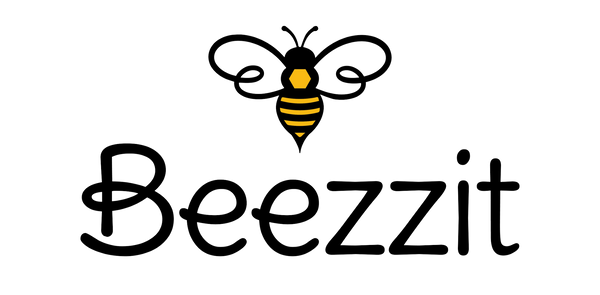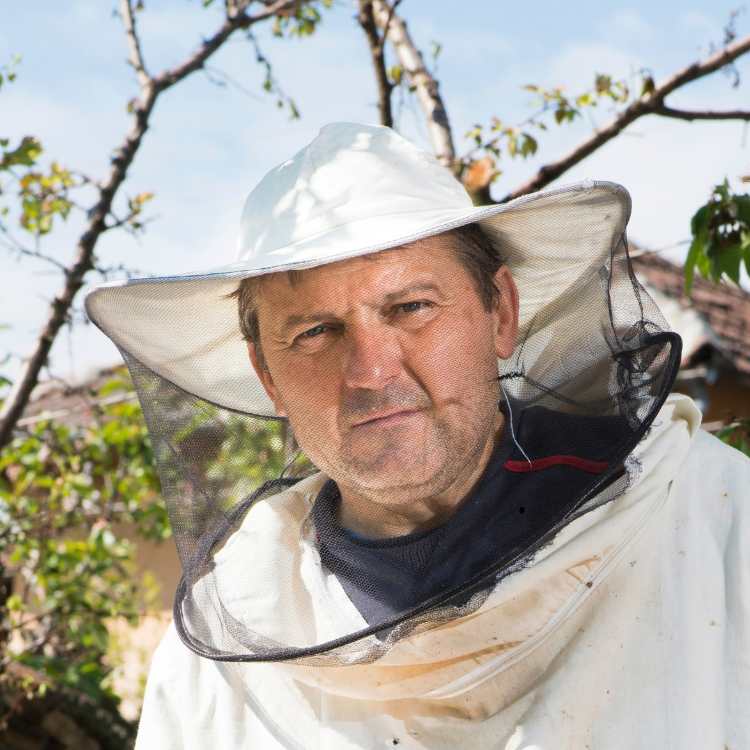Bees are truly interesting creatures. Among the many interesting behaviors that bees portray, "festooning" is one of the most unique and lesser known. What is festooning bees, and why does it exhibit such behavior? And what does that mean for the hive?
Here, we're going to examine the concept of festooning, its purpose, and why it's vital to beekeepers and nature enthusiasts alike.
What Does Festooning Mean?
Festooning occurs when bees connect their legs with each other to form chains. This is mostly within the hive; it is usually observed as they make honeycombs. Chains formed by the bees look arched or as if they are hanging somewhere; thus, they seem like a living bridge or curtain of bees.
Observing festooning bees is pretty interesting because that is where one can see how the bees work cooperatively and live in unison within their hive.
This behavior is also very common in most honeybee species and often when the hive becomes very active-for example, when they have to build fresh comb.
Why Do Bees Festoon?
The exact reason for festooning is still debated by scientists and beekeepers. However, there are a few popular theories:
-
Wax Production and Honeycomb Construction: This is a significant reason for the bees hanging in a line; they aid in making wax and building honeycomb. The wax comes from glands found in their stomachs, and how they hang might facilitate easy spreading of wax while creating new combs.
-
Measuring Space: Another reason is that festooning bees form chains to measure the distances so as to make a neat, uniform comb. The distance between the cells of the comb is maintained by such chains.
-
Hive Strength and Coordination: Festooning might illustrate how bees are connected in the hive. Bees enhance their coordination and teamwork through physical bonds.
- Temperature Control: Scientists believe that the chains of bees help in temperature control inside the hive. It makes the wax easier to work with, hence easier to build.

When Do Bees Festoon?
Bees most likely festoon during certain periods when the hive is very active. Here are the important scenarios where you will observe festooning bees:
- Comb Building Stages: Spring and early summer are periods wherein bees continuously work on their hives in comb building. It is during such active comb building times that the festooning is most noted.
-
Swarming and Hive Building: When the colony of bees is swarming to a new site, they require new comb in which to make the hive. In this aspect, festooning speeds up the early part of the construction process of the hive.
-
Post-Harvest Recovery: Generally, after harvesting honey or if the comb is being damaged, the bees line up for repair or re-construction.
With such crucial moments, a beekeeper would know the moment his or her bees tend to do it.
How to Observe Festooning Bees
If you want to witness festooning firsthand, there are some ways to increase your chances:
-
Check During Hive Inspections: When looking at a hive, you will see bees forming chains as they labor in the frames. Be slow and do not make sudden movements as to not alarm them.
-
Time It Right: The best time to watch what is happening in the hive is during early morning or when it's warm.
-
Look for Open Space: Bees often hang in groups in places of the hive where new wax is being added, so pay attention to frames with empty or partly built areas. By watching these hanging bees closely, you can learn more about how they build their hive.

The Role of Festooning in Beekeeping
Knowing about festooning behavior can help beekeepers take care of hives and keep bees healthy. Here are some important points to think about:
-
Healthy Hive Indicator: Chains of bees hanging together are generally an indication of a healthy working colony.
-
Comb Growth: Bees hang in chains and that usually indicates that the colony is either producing or repairing comb. It could also be in need of additional frames or more space.
-
Watching Wax Production: Festooning can indicate how fast wax is being produced. This information will help beekeepers know whether to add new frames or help the hive grow.
Benefits of Festooning to the Hive
Festooning is essential in keeping the hive strong and working well. Here are a few key advantages:
-
Effective Wax Distribution: Festooning chains allow bees to share wax with each other easily, thus speeding up honeycomb construction.
-
Sturdy, Level Comb: By festooning, bees take measurements to ensure even distances in comb building, an important aspect for honey storage and the raising of young bees.
-
Hive Stability: Another reason is that the festooning itself makes the hive stronger due to the physical linking.
Conclusion
In summary, festooning bees form chains inside their hives to assist in wax secretion, comb construction, and maintaining hive structure. While the exact purpose of this behavior may still be studied, its benefits to the hive are undeniable. Whether you are a beekeeper or simply fascinated by bee behavior, learning about festooning can deepen your appreciation for these incredible insects. By observing and understanding their behavior, we can better support bees in their essential role in our environment.
Fascinated about the beautiful world of bees? Learn more from our full blog here.





